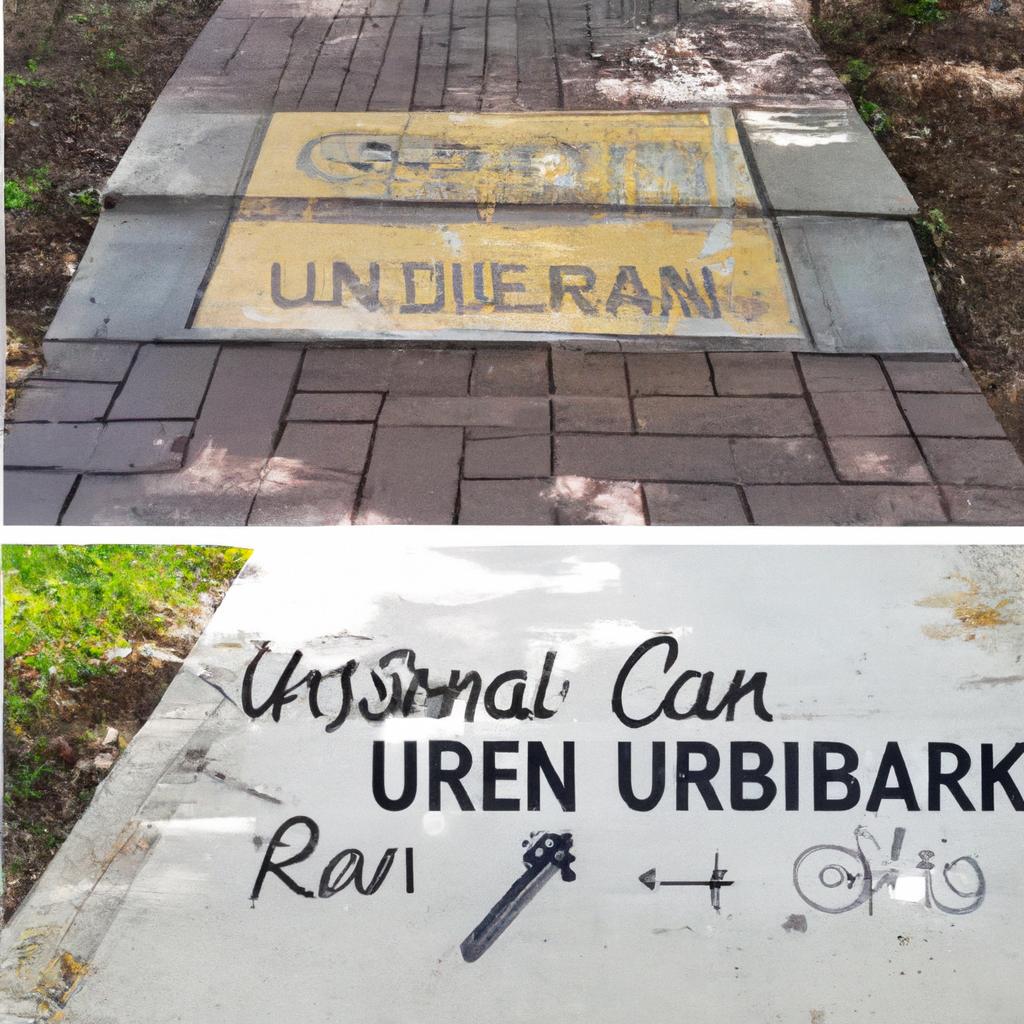**”Urban Fitness and Accessibility: Designing Inclusive Public Spaces for All Abilities to Engage in Physical Activity”**
# Urban Fitness and Accessibility: Designing Inclusive Public Spaces for All Abilities to Engage in Physical Activity
Urban fitness is becoming an increasingly vital aspect of public health, as cities around the world recognize the importance of physical activity in enhancing the quality of life for their residents. However, to truly foster a culture of health and wellness, urban environments must be designed with inclusivity in mind. This blog post will explore how public spaces can be optimized for accessibility, ensuring that individuals of all abilities can engage in physical activity. We will discuss the importance of inclusive design, offer nutrition and exercise tips, and highlight the health benefits of active living.
## The Importance of Inclusive Design
### Understanding Accessibility
Accessibility in urban fitness is about breaking down barriers that prevent individuals with disabilities or mobility issues from engaging in physical activity. This includes not only those who use wheelchairs but also people with temporary injuries, the elderly, and even parents with strollers. Designing public spaces that accommodate a variety of needs is essential for fostering a culture of inclusivity.
### Elements of Inclusive Urban Spaces
To create truly inclusive public spaces, planners and designers should consider a few key elements:
– **Pathways and Surfaces**: Smooth, well-maintained pathways that are wide enough to accommodate wheelchairs and strollers make it easier for everyone to navigate parks and recreational areas.
– **Adaptive Equipment**: Fitness stations with adaptive equipment, such as adjustable pull-up bars or wheelchair-accessible exercise machines, can provide a welcoming atmosphere for individuals of varying abilities.
– **Seating and Rest Areas**: Benches and shaded areas should be plentiful, allowing individuals to rest as needed during physical activities.
## Nutrition Tips
Proper nutrition is a crucial component of any fitness regimen, regardless of ability. Here are some inclusive nutrition tips that everyone can adopt:
– **Balanced Meals**: Aim for a balanced diet that includes fruits, vegetables, whole grains, lean proteins, and healthy fats. This will provide the energy needed for physical activities.
– **Hydration**: Always stay hydrated, especially if engaging in outdoor activities. Carry a water bottle and encourage others to do the same.
– **Meal Prepping**: Prepare meals in advance to ensure healthy eating choices are always available, especially for those with busy schedules or limited mobility.
– **Community Gardens**: Encourage participation in community gardens, which not only promote healthy eating but also foster social connections and a sense of community.
## Exercise Advice
Engaging in physical activity should be enjoyable and accessible for everyone. Here are some exercise tips that can be applied across all abilities:
– **Find Your Activity**: Explore various types of exercises to find what you enjoy. This could range from walking and swimming to adaptive sports or yoga classes designed for individuals with disabilities.
– **Start Slow**: If you are new to physical activity, begin with short sessions and gradually increase the duration and intensity. This approach can help prevent injuries and build confidence.
– **Engage with Others**: Join a community group or fitness class tailored for diverse abilities. Social support can motivate individuals to stay active and committed to their fitness goals.
– **Use Technology**: Fitness apps and online classes can provide guidance and structure, making it easier to stay active from home or in a local park.
## Health Benefits
The health benefits of regular physical activity are well documented and can be experienced by individuals of all abilities. Some key advantages include:
– **Improved Physical Health**: Regular exercise can help maintain a healthy weight, reduce the risk of chronic diseases, and improve overall cardiovascular health.
– **Mental Well-being**: Engaging in physical activity boosts mood and reduces symptoms of anxiety and depression, contributing to better mental health.
– **Increased Social Interaction**: Participating in group activities fosters connections and combats feelings of isolation, particularly for individuals who may have mobility challenges.
– **Enhanced Quality of Life**: By promoting independence and confidence, inclusive fitness opportunities can significantly improve one’s overall quality of life.
## Conclusion
In conclusion, urban fitness should be designed to be accessible and inclusive, allowing individuals of all abilities to participate in physical activity. By prioritizing inclusive design in public spaces, providing nutrition and exercise tips, and highlighting the myriad health benefits of active living, we can cultivate healthier, happier communities. It is essential to remember that fitness is for everyone, and by creating environments that promote inclusivity, we can ensure that physical activity is a reality for all.















Post Comment